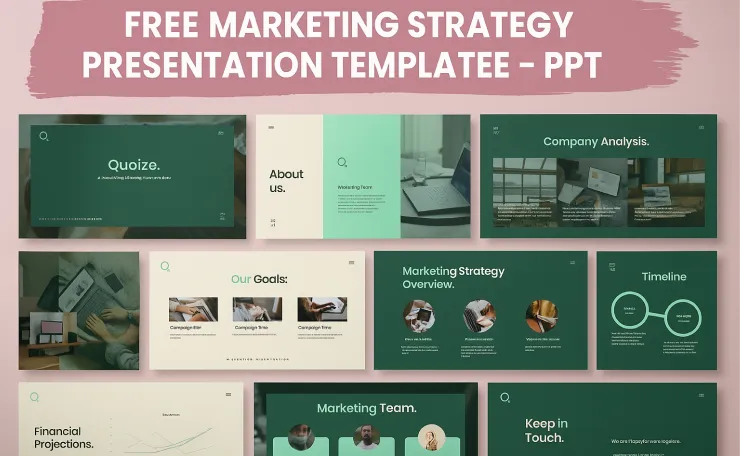
If your marketing ideas aren’t landing, the problem might be the deck—not the strategy. In this guide, you’ll learn how to choose, customize, and present a marketing strategy presentation template (PPT/PowerPoint) that wins buy-in fast. We’ll cover structure, slide examples, styling tips, and how to adapt the same content for Google Slides, so your team can work from a single, clean, and modern playbook.
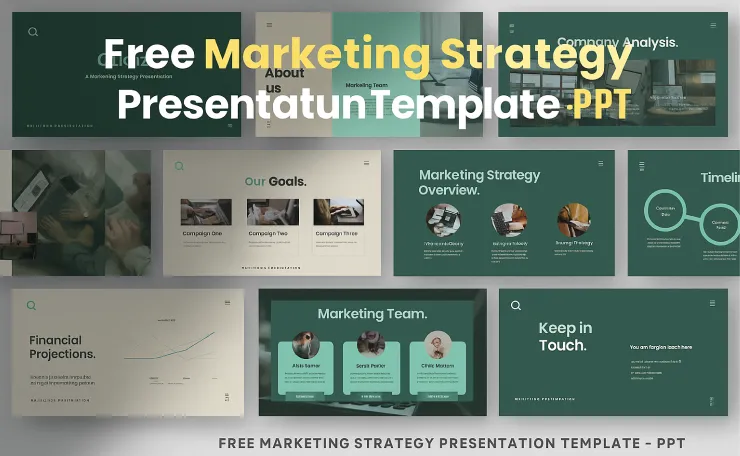
Why your marketing strategy slides matter
Decision-makers skim. A clear marketing plan presentation template reduces friction, keeps the conversation on outcomes, and helps non-marketers follow along. Done right, a minimalist marketing presentation improves comprehension, shortens approvals, and accelerates campaigns.
Free Download
- The dry erase white board is made of high grade sturdy aluminum frame built with ABS plastic corners, no worry about poi…
- Easy installation with fixing kits, can be mounted vertically or horizontally. Easily customize the board’s orientation …
- Smooth and durable magnetic writing surface, easily dry wipe with all dry-erase markers, and long pen tray can keep your…
What makes a great marketing strategy PPT template?
When evaluating a marketing strategy PowerPoint template, look for:
- Slide logic: Executive summary → market insights → positioning → goals → strategy → channel plan → budget → roadmap → KPIs.
- Master slides & styles: Ensures consistency and quick edits across the deck.
- Editable charts & mockups: For forecasts, funnels, and creative previews.
- Iconography & pitch-ready layouts: Keep visuals clean; avoid clutter.
- Format flexibility: Works flawlessly in PPT/PPTX and Google Slides marketing strategy templates.
Recommended deck structure (10–14 slides)
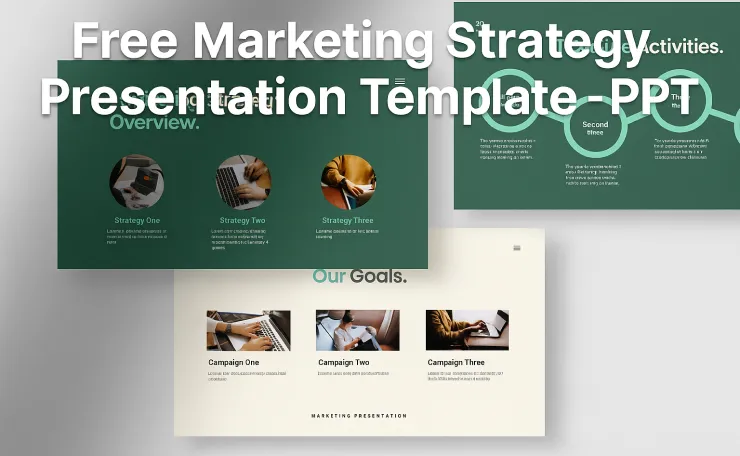
- Title & Subtitle
Project name, date, owners, contact. Include your brand mark and a short promise (e.g., “Driving qualified demand in Q1–Q2”).
LSI terms: modern marketing deck, minimalist marketing presentation. - Executive Summary (1 slide)
One paragraph and 3 bullets: target, strategy angle, expected impact.
Keywords: marketing strategy presentation, corporate marketing strategy presentation. - Market Snapshot & Insights (1–2 slides)
TAM/SOM, trends, seasonality, competitor moves, audience pain points.
Use a simple table or 2-column layout for skimmability. - Positioning & Value Proposition (1 slide)
Who we serve, what we solve, why us (differentiator). - Objectives & KPIs (1 slide)
SMART goals (e.g., MQLs, CAC, ROAS, pipeline).
Keywords: strategic marketing presentation, marketing plan PowerPoint. - Strategy Overview (1 slide)
Core plays (brand, content, performance, lifecycle). One visual funnel. - Channel Plan (2–3 slides)
- Paid: Search, social, programmatic — budget, targeting, creative angle.
- Owned: SEO, email, website, CRO — content pillars & cadence.
- Earned/Partnerships: PR, affiliates, communities.
LSI terms: campaign strategy presentation, startup marketing plan slides.
- Content & Creative (1 slide)
Messaging map: themes → assets (video, case studies, landing pages).
Include thumbnail mockups for quick visual buy-in. - Budget & Timeline (1–2 slides)
Simple bar chart and Gantt overview. Tie spend to expected outcomes.
LSI: marketing proposal presentation template. - Measurement & Reporting (1 slide)
Dashboard example, attribution model, review cadence. - Risks & Assumptions (optional)
What could derail results + mitigations? - Next Steps (final slide)
Decisions needed: owners, start date.
Free Download
- PREMIUM MAGNETIC DRY ERASE BOARD: Crafted with a specially lacquered surface for a smooth and durable writing experience…
- EFFORTLESS WRITING AND ERASING: Experience seamless writing and effortless erasing on this scratch-resistant and long-la…
- FLEXIBLE INSTALLATION CHOICES: Personalize your installation with two convenient options. Mount the board by drilling ho…
Slide design tips for impact (PPT & Google Slides)
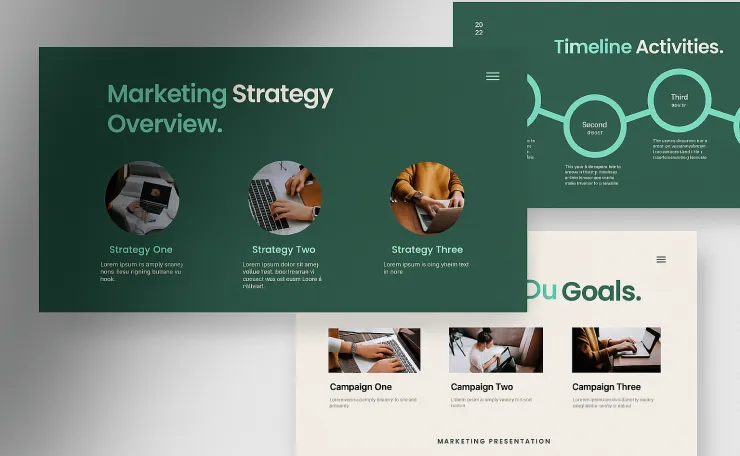
- One idea per slide. If you need more, add an appendix.
- Use 2–3 brand colors (primary, neutral, accent). Keep backgrounds light.
- Readable type: 28–36pt for headings; 16–20pt for body.
- Data first: For charts, label directly (no dense legends).
- Consistent icons & spacing: Depend on master slides for alignment.
- Accessibility: Strong color contrast; avoid text-heavy paragraphs.
Free Business Plan PowerPoint Template Download: Win Your Next Pitch
How to customize a marketing strategy PPT template fast
- Wire first, design later. Drop plain text into each slide using the structure above.
- Swap placeholders: Replace with your logo, brand fonts, and palette via master slides.
- Build a metrics slide once. Reuse for weekly/quarterly updates.
- Localize visuals: Use product screenshots, customer quotes, and real ad mockups.
- Export variants: Keep a “Board-Ready” version (short) and a “Working” version (detailed).
Free Download
- Durable & Safe: Anti-scratch silver aluminum frame with ABS plastic corners, no worry about pointy edges, perfect for ad…
- Magnetic Whiteboard: Smooth & durable magnetic writing surface lets all dry erase markers write smoothly and wipe clean …
- Easy Installation & Flexible Mounting: Easy installation with fixing kits, can be mounted vertically or horizontally, ea…
Frequently Asked Questions (FAQ)
Q1: What’s the difference between a marketing plan and a marketing strategy presentation?
A plan is tactical (channels, budgets, calendar). A strategy defines positioning, audiences, and how you’ll win. Your deck should link the two: strategy → plan → KPIs.
Q2: Can I use the same template for board updates and campaign briefs?
Yes—create two versions: a concise board deck (10–12 slides) and a detailed working deck with appendix (personas, keyword lists, creative specs).
Q3: PowerPoint or Google Slides?
Use PowerPoint (PPT/PPTX) for advanced formatting and offline presenting; Google Slides for collaboration. Keep a master in PPT and export to Slides when collaborating.
Q4: How many slides should a marketing strategy presentation have?
Ten to fourteen slides is the sweet spot. Appendices can hold research details and backups.
Q5: What KPIs should I include?
Pipeline contribution, MQL→SQL conversion, CAC, ROAS, paid/organic traffic growth, retention metrics (if lifecycle marketing is in scope).
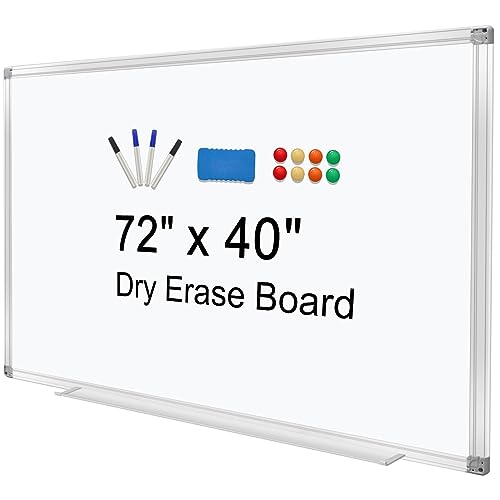
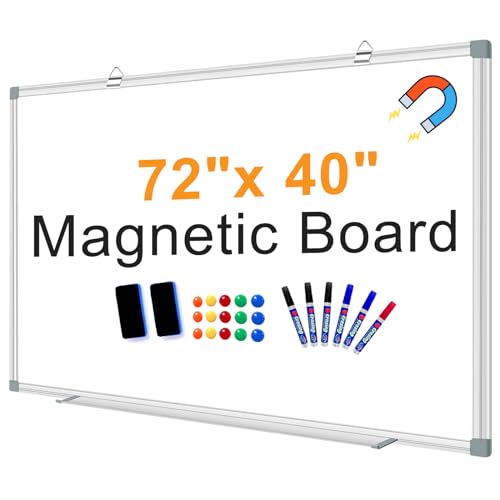
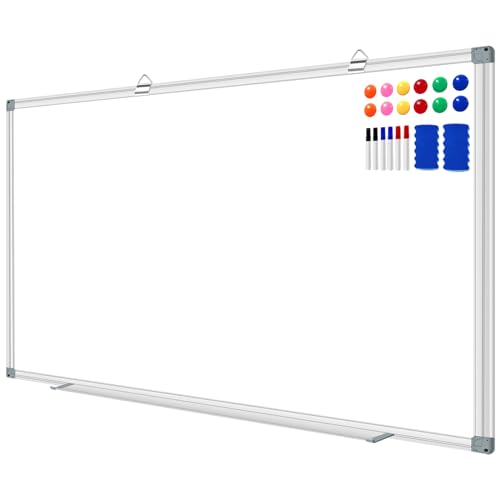
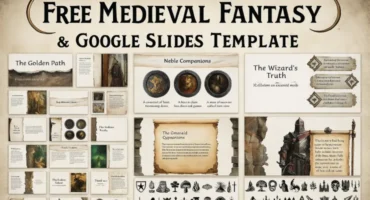
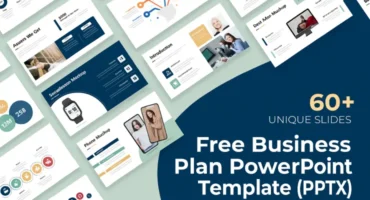
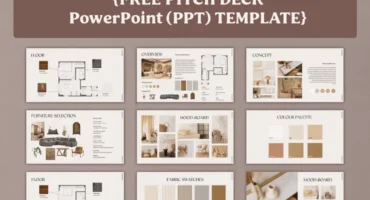





2 Comments